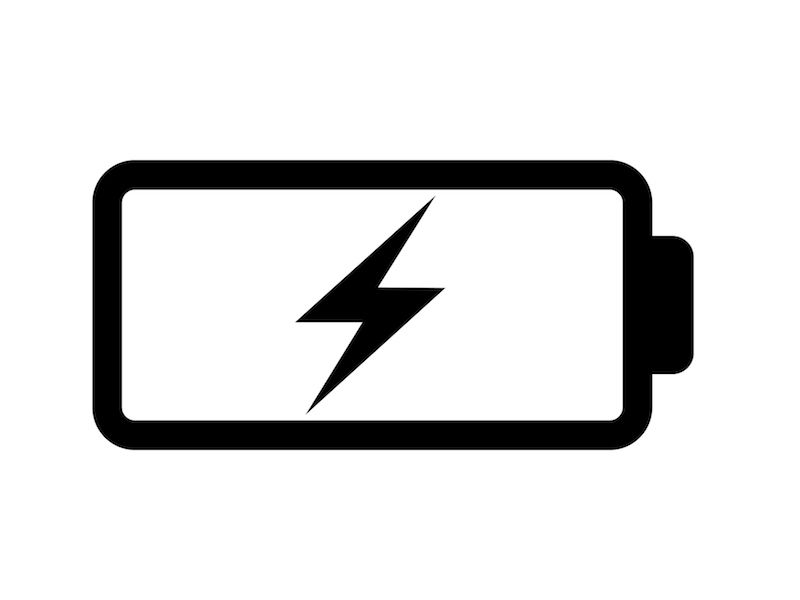
Rechargeable hearing aids are designed so that you’ll have to stress less about running low on batteries, but the technology might also make you slightly nervous when you rely on your devices to hear. Do rechargeable hearing aids work as well as marketed or do they even work at all?
Those questions are reasonable, as is the accompanying anxiousness. A hearing aid is often a necessary element of one’s day-to-day life, as necessary for a simple trip to the grocery store as they are for the enjoyment of a television show or movie. It’s important that a piece of technology functions properly and dependably, especially when it affects so many facets of life.
How Do I Know What Kind of Battery I Have?
By default, most contemporary hearing aids have rechargeable batteries, so it’s likely if you bought your hearing aids recently, it has one of two kinds of batteries. Silver-zinc batteries, which can usually be identified by a battery door on the device, are rechargeable, but the batteries might have to be replaced every now and then. A Lithium-ion battery, however, will last throughout the life-cycle of the hearing device and, due to this, those devices will not have that telltale battery door.
Rechargeable Hearing Aids Need Special Care
For the most part, rechargeable hearing aids do work, and they work well. The dependability of these devices has enhanced dramatically in the last several years, as battery technologies have advanced. As with any other electronic device, however, there are some easy maintenance steps that users can take to improve the reliability of their rechargeable hearing aids.
- The Charging Station is Where Your Hearing Aids Should be Kept: If you regularly store your rechargeable hearing aids on their recharging station you can increase the life of your battery. Charging a battery that is not fully drained does not shorten long-term battery life. As a matter of fact, ensuring that your hearing aids are charging when you’re not using them can actually benefit your long-term battery life. For lots of people, placing their charging station next to their bed is a convenient reminder to charge the devices when not in use.
- Keep Your Hearing Aids Dry and Clean: No matter how often you use or do not use your hearing aids, they have plenty of opportunity to gather dust, debris, and moisture. Your hearing aid might not completely charge if it is subjected to any of these three things. When connecting your hearing aid to your charging station, as with any other time, it’s important to keep your device clean.
- Be Careful of Wires: Either the hearing aid itself or the charging station will contain some kind of wire element on most hearing aids. Most hearing aid users are advised to be careful of these wires; the connection that enables the device to charge can be damaged if you pull on or hold it by the wires.
How to Change a Rechargeable Battery
If you have lithium-ion batteries, they should last as long as your device does. So changing those batteries shouldn’t be something you ever have to worry about. Your hearing aids can then be simply charged as long as necessary.
However, you will need to occasionally change the batteries if you have a hearing aid that utilizes silver-zinc batteries. The longevity of your battery can be increased by changing them in the right way. Because of this, hearing experts suggest the following:
- Let the batteries sit out at room temperature for at least five minutes before removing any tabs that may be attached.
- Before replacing batteries, be sure you wash your hands.
- Don’t eliminate any plastic tabs or packaging until you’re ready to use batteries.
- Make certain you have a dry, room temperature place to keep your batteries.
- Confirm that your battery compartment is free of moisture and clean.
Non-Use For Long Periods
Keeping your hearing aids on the charger over extended periods of time is no longer the best way to store your hearing aids. Just unplug your hearing aid and store it in a cool dry place if, for instance, you know you won’t be wearing them for a few weeks or a month.
If your hearing aids utilize silver-zinc batteries, you may also think about leaving the battery door open so that you can prevent moisture from corroding your batteries.
Rechargeable for Everyday Use
For most individuals, and for day to day use, charging your hearing aids once per day should be adequate for all of your requirements. To get 24 hours worth of battery life with a lithium-ion battery will usually only require 3-4 hours per day.
Do rechargeable hearing aids work? They don’t just work, they are becoming more common all the time. Make an appointment with your local hearing aid retailer to see all the different models